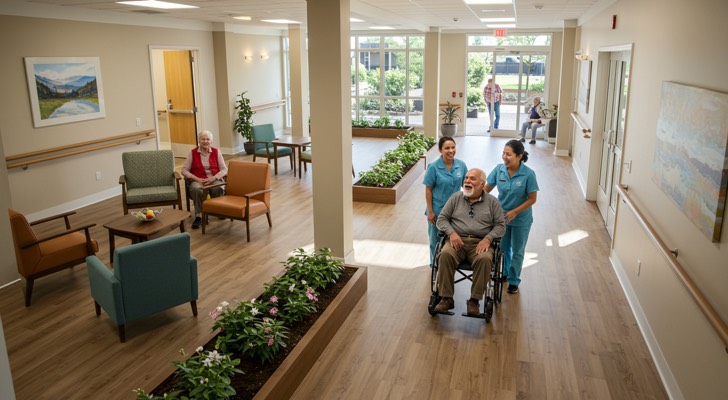When a loved one starts needing extra support, many families wonder what options are available and what they will actually cost. Assisted living often comes up in those conversations, but the truth is, most people don’t really know what it includes or how much they should expect to pay. Is it affordable? Is it worth it? Could it be a better alternative to in-home care or a nursing home? In this article, we’ll break down everything you need to know about assisted living facilities in the U.S., including the real numbers behind the monthly price tag and what you get for it.

What Is an Assisted Living Facility?
Assisted living facilities are residential communities designed for older adults who need some help with daily activities but do not require intensive medical care. These facilities offer private or semi-private living spaces along with access to personal support services.
Residents typically receive assistance with tasks such as bathing, dressing, managing medications, preparing meals, and transportation. Staff are available 24/7, and many facilities also offer housekeeping, laundry services, recreational programs, and wellness activities.
The goal is to promote as much independence as possible while ensuring that support is there when it’s needed.
Who Is Assisted Living Best Suited For?
Assisted living is a good fit for seniors who:
- Struggle with mobility or memory
- Need help with personal hygiene or medication
- No longer feel safe living alone
- Want a social environment with meals, activities, and services
- Are looking for a lifestyle that offers both care and community
It is not, however, intended for those with complex medical needs that require round-the-clock skilled nursing care. Those individuals may be better served in a nursing home or memory care facility.
What Services Are Typically Included?
While amenities and services vary by facility, most assisted living communities in the U.S. include things like private or shared living accommodations, three meals per day plus snacks, and help with personal care such as bathing or dressing. Many also provide medication management, housekeeping and laundry, transportation to appointments or outings, social and recreational activities, and 24/7 staffing for emergencies.
Some facilities may offer additional services such as physical therapy, memory care programs, or on-site beauty salons for an extra cost.
How Much Does Assisted Living Cost in the U.S.?
The cost of assisted living varies widely depending on location, services offered, and the size of the apartment or room. According to national data, the average monthly cost of assisted living in the United States is around $4,500. However, prices can range from $3,000 to over $7,000 per month, especially in areas with a higher cost of living like California, New York, or Massachusetts.
Additional charges may apply for more help with daily tasks, specialized memory care units, upgraded accommodations or private rooms, and medical services or therapies. Most facilities use a tiered pricing model based on how much support a resident needs, so someone who is largely independent may pay less than someone requiring frequent assistance.
Does Insurance Cover Assisted Living?
In most cases, Medicare does not cover the cost of assisted living, since it’s considered a non-medical service. However, there are other options that may help with the expense. Long-term care insurance policies can cover some or all costs, provided they were purchased in advance. Some state Medicaid programs offer waivers or support for assisted living, although eligibility and coverage vary. Veterans and their spouses may also qualify for the Aid and Attendance benefit, which can be used toward care costs. Many families also rely on private funds, including savings, retirement income, or proceeds from selling a home.
Finding the Right Fit
Choosing an assisted living facility is both a financial and emotional decision. It’s important to tour several communities, meet with staff, and carefully review contracts. Involving your loved one in the decision-making process can make the transition smoother and more successful. While cost is a major consideration, don’t overlook the quality of care, the happiness of current residents, and the overall environment.
Conclusion
Assisted living offers a balanced lifestyle for seniors who need help with daily tasks but still want to maintain independence and enjoy life within a community. While the cost can be significant, many families find that the safety, comfort, and peace of mind it provides make it a valuable and worthwhile option.
If you’re exploring assisted living for yourself or a loved one, take the time to research your options thoroughly and don’t hesitate to ask questions about pricing, services, and what kind of care is truly included.
 © Copyright 2025 Shirabe-ru | Terms | Privacy Policy | Contact Us
© Copyright 2025 Shirabe-ru | Terms | Privacy Policy | Contact Us


